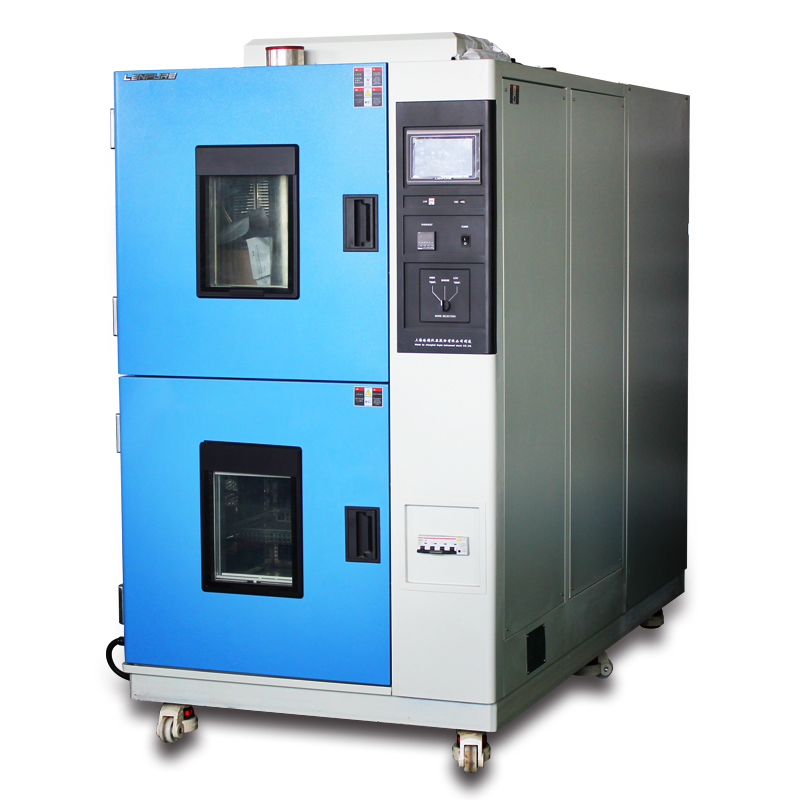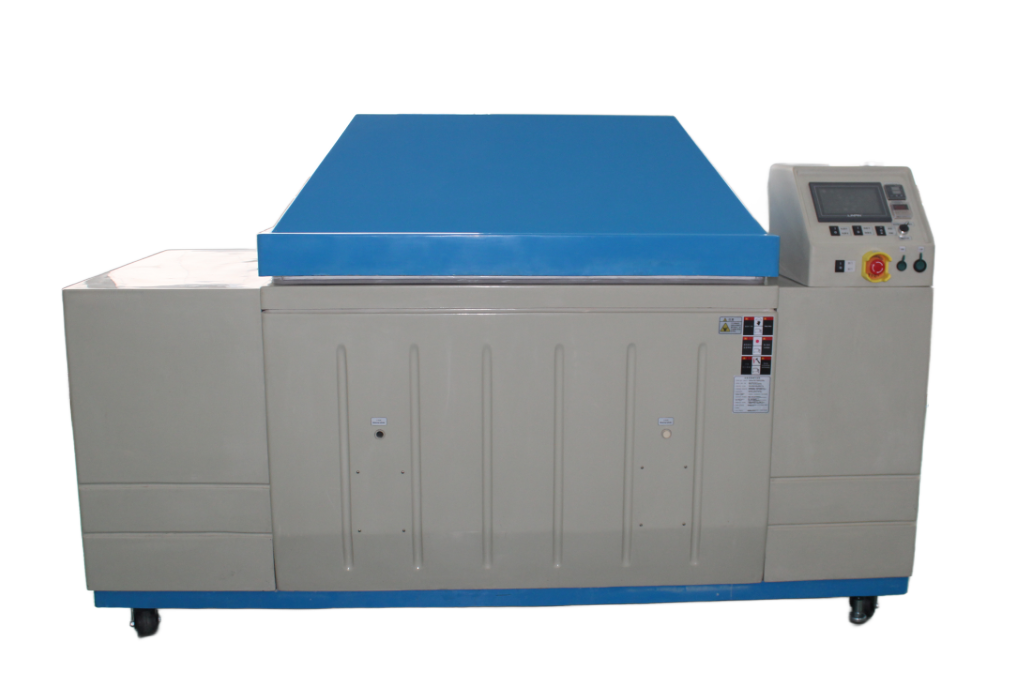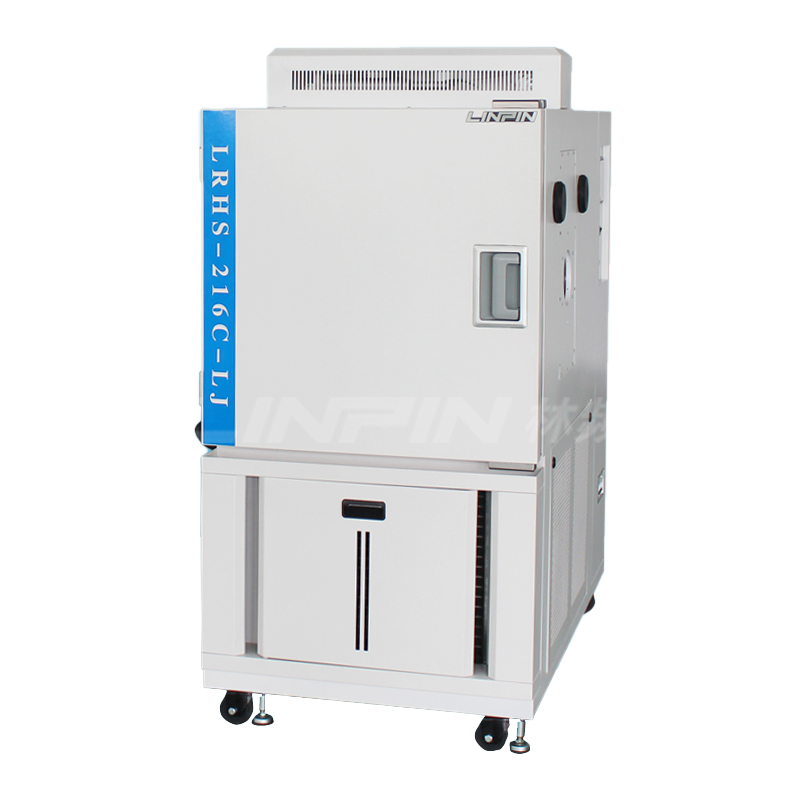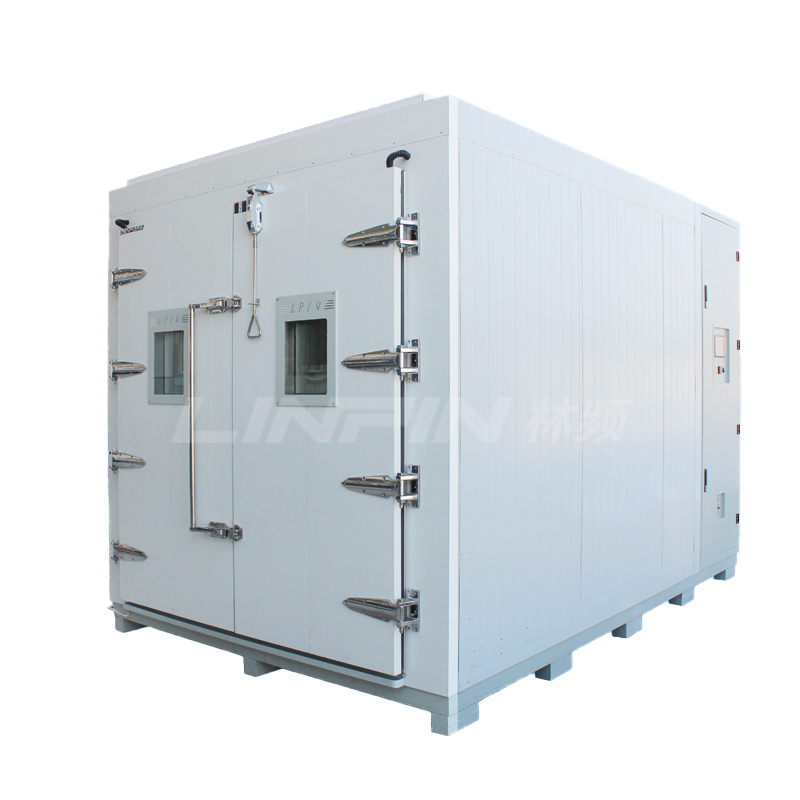Special Requirements for Rapid Temperature Change Test Chambers in the Aerospace Industry
Author:LINPIN Update Time:2025-05-20 Source:LINPINIn the aerospace industry, the reliability of equipment and materials is of utmost importance. To ensure proper operation under extreme environmental conditions, rapid temperature change test chambers (also known as thermal cycling test chambers) play a critical role. These chambers simulate various temperature fluctuations to evaluate the performance of materials and components in aerospace applications. Therefore, understanding the aerospace industry's specific requirements for rapid temperature change test chambers is essential for equipment manufacturers and researchers.
1. Temperature Range and Rate of Change
Aerospace equipment often undergoes extreme temperature variations. For example, spacecraft surfaces may experience rapid heating to several hundred degrees Celsius during atmospheric re-entry, while in space, temperatures can drop close to absolute zero. As a result, rapid temperature change test chambers must provide a wide temperature range, typically between -70°C to +150°C. Additionally, the chamber must support rapid temperature transitions, achieving drastic changes within minutes, which is crucial for assessing material performance under sudden thermal shifts.
2. Temperature Uniformity and Stability
Temperature uniformity is another critical factor in aerospace testing. The internal temperature distribution of the chamber must remain consistent to ensure accurate test results. High-end rapid temperature change test chambers should feature advanced temperature control systems to guarantee that temperature fluctuations at the sample location stay within specified limits throughout the test. Moreover, strict temperature stability is required to maintain precise control over extended periods, allowing for the evaluation of material behavior under constant conditions.
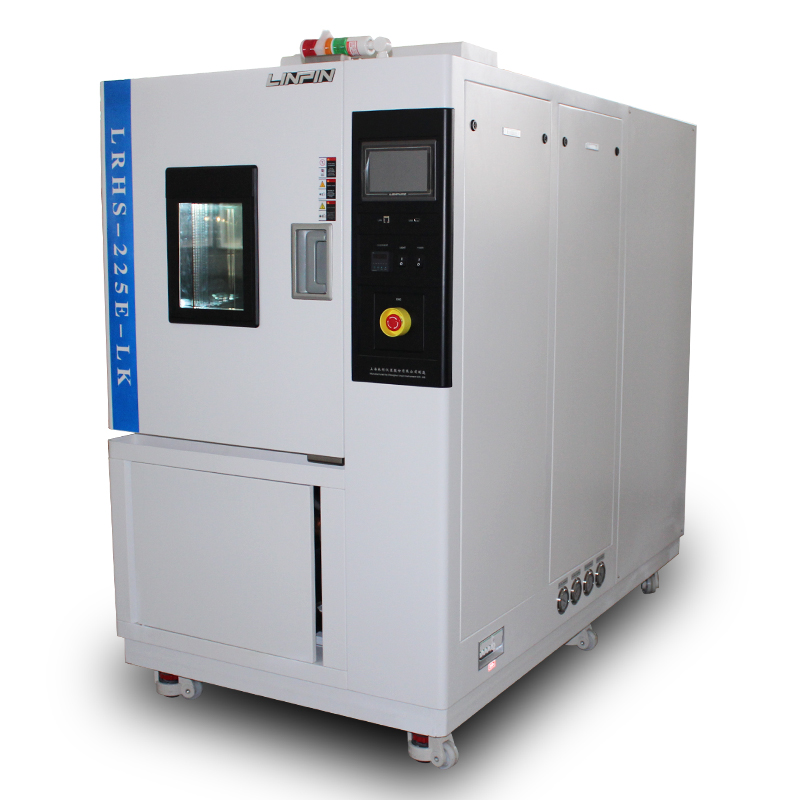
3. Humidity Control Capability
While rapid temperature change tests primarily focus on thermal variations, humidity is also a significant parameter in certain scenarios. Aerospace materials may be exposed to varying humidity levels in real-world applications, so the test chamber should incorporate effective humidity control for combined temperature-humidity testing. This is particularly important for studying material properties such as moisture resistance and corrosion.
4. Vibration and Shock Testing Capability
In aerospace applications, materials and components are often subjected to vibrations and mechanical shocks. Some advanced rapid temperature change test chambers integrate vibration tables to simulate multi-directional mechanical stress alongside thermal cycling. This multi-environment simulation more accurately replicates the real-world conditions experienced by aerospace vehicles, enhancing test reliability and relevance.
5. Equipment Reliability and Durability
Given the high costs associated with aerospace testing, the reliability of a rapid temperature change test chamber is crucial. The equipment must undergo rigorous quality inspections to ensure stable long-term operation and minimize failures. Additionally, material selection and structural design must meet the aerospace industry's stringent standards to ensure durability under harsh conditions.
Conclusion
Rapid temperature change test chambers are indispensable in the aerospace industry. Equipment that meets these specialized requirements not only ensures testing effectiveness but also serves as a vital tool in advancing aerospace technology. As technology evolves, rapid temperature change test chambers will continue to improve, adapting to increasingly complex aerospace demands.

